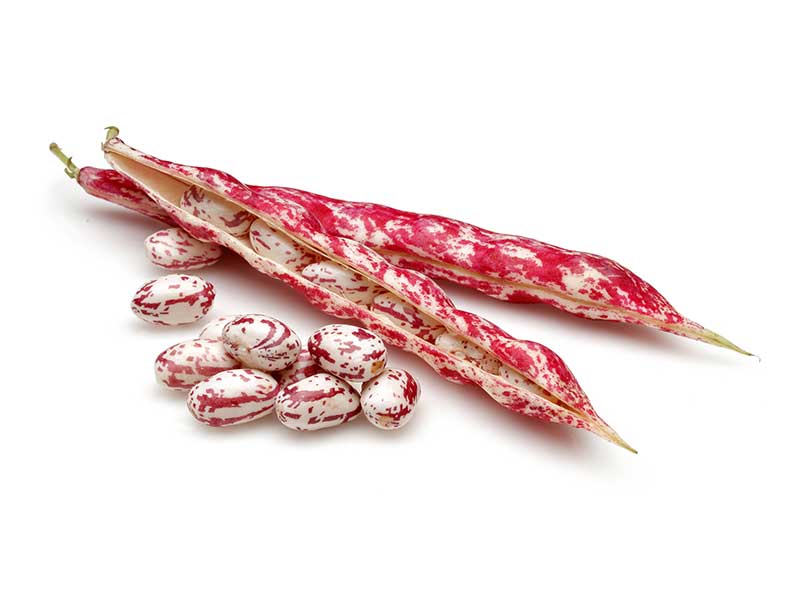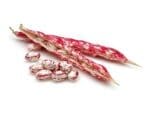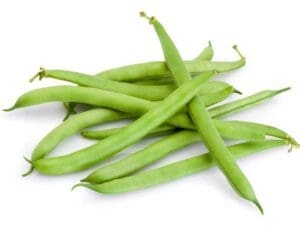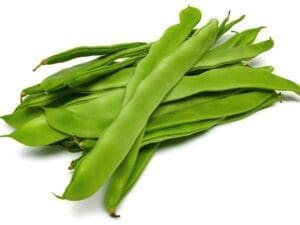BEAN BUSH BORLOTTI ‘Red Rooster’ Vegetable Seeds
Botanical Name: Phaseolus vulgaris
- Description of Borlotti Beans: The BEAN BUSH BORLOTTI ‘Red Rooster’ vegetable seeds produce highly productive bush beans with attractive mottled red pods. Each pod contains 6–7 seeds.
- Planting and Growing Requirements: These annual bush beans grow up to 50 cm tall, require full sun, well-drained fertilized soil, and should be spaced 15 cm apart; sow directly into garden beds in spring to early summer.
- Optimal Sowing Time Based on Climate Zones: Depending on your climate zone, sow borlotti beans in spring to early summer, avoiding waterlogged conditions in subtropical and tropical areas, and ensuring soil warmth in cool climates.
- Excellent for drying and storage, but also delicious fresh in soups, stews, and Mexican dishes.
- Disease-resistant and reliable, perfect for home gardeners and small farms.
- Easy to grow and harvest, with high yields over a short season.
Plant Details
- Plant Type: Annual bush bean
- Plant Height: Up to 50 cm
Sowing Information
- Germination: 7–14 days (optimal soil temperature 18–25°C)
- Depth: 2–4 cm deep
- Position: Full sun
- Sow Where: Directly into garden beds
- Soil Type: Fertile, well-drained soil enriched with compost; pH 6.2–7.0
- Spacing: 15 cm between plants, double rows 60 cm apart
Growing Tips
- Water thoroughly once after sowing, then avoid watering until seedlings emerge.
- Harvest when pods rattle and feel dry; hang upside down undercover to finish drying.
- Freeze dried beans for 2 weeks before storage to kill weevils.
Harvest
60–70 days after sowing. Use fresh or dry for long-term storage.
When to Sow Borlotti Beans in Your Climate
| Climate Zone | Best Planting Time | Tips |
|---|---|---|
| Temperate | Spring to early summer | Sow after last frost when soil has warmed. |
| Subtropical | Spring to early summer | Avoid waterlogged soil; ensure good drainage. |
| Tropical | Not recommended due to high humidity and disease risk. | If attempting, sow during the driest months and monitor closely. |
| Cool | Late spring to early summer | Wait until all frost danger has passed; warm soil is essential. |
| Arid | Spring to early summer | Sow in mild conditions and mulch to retain soil moisture. |




